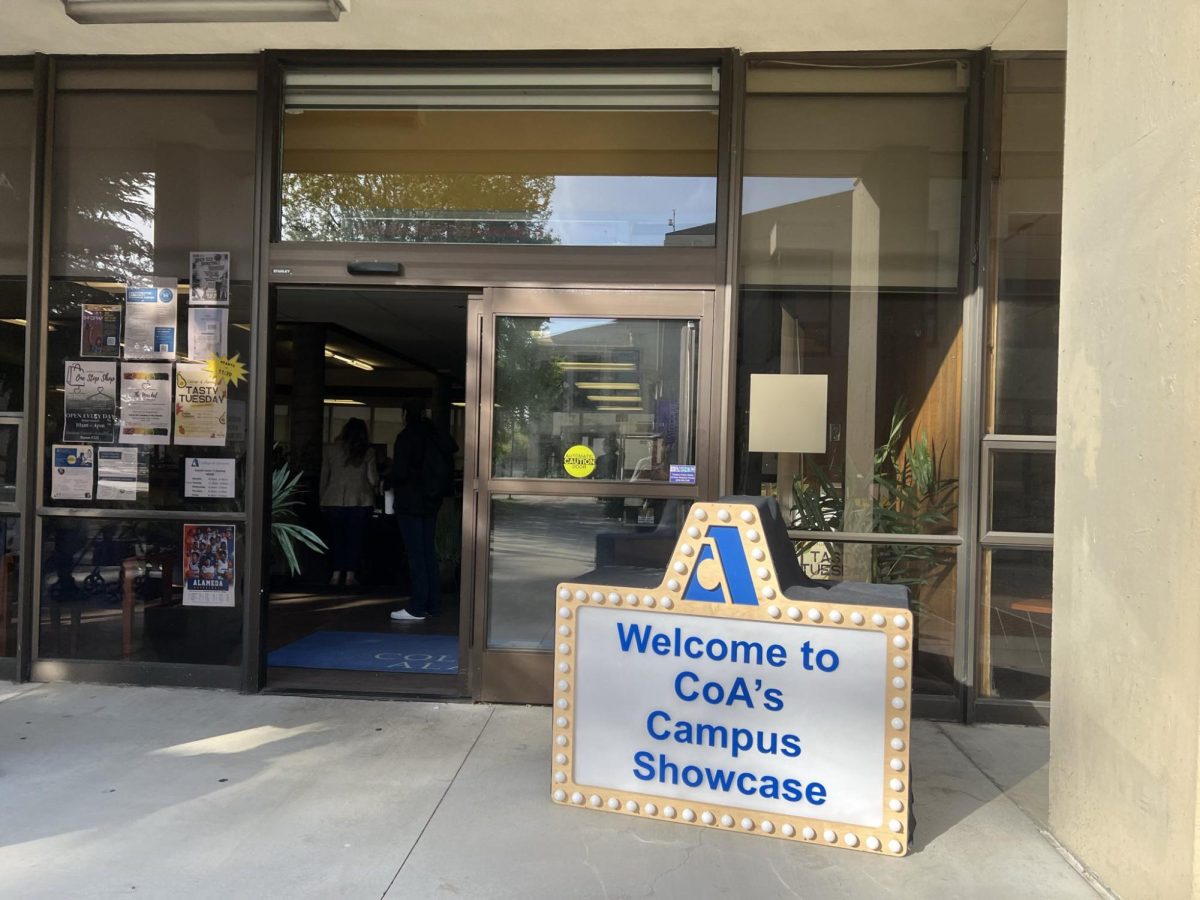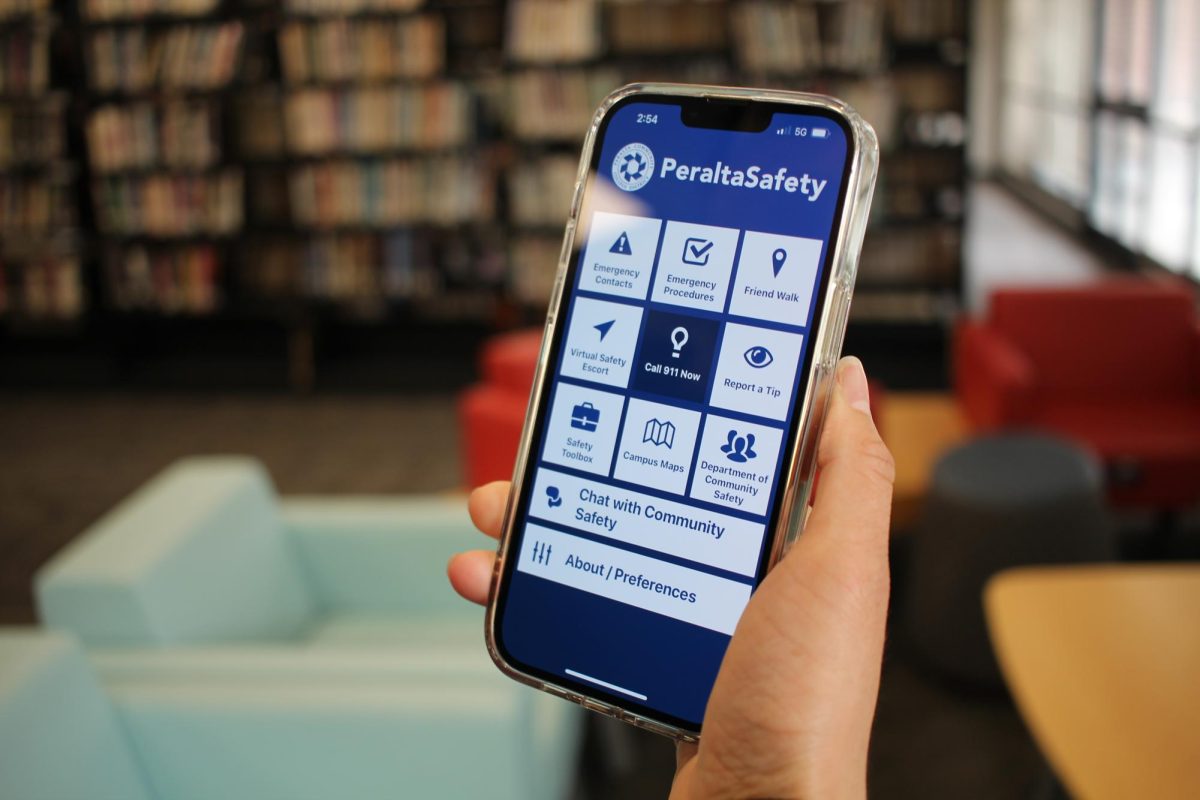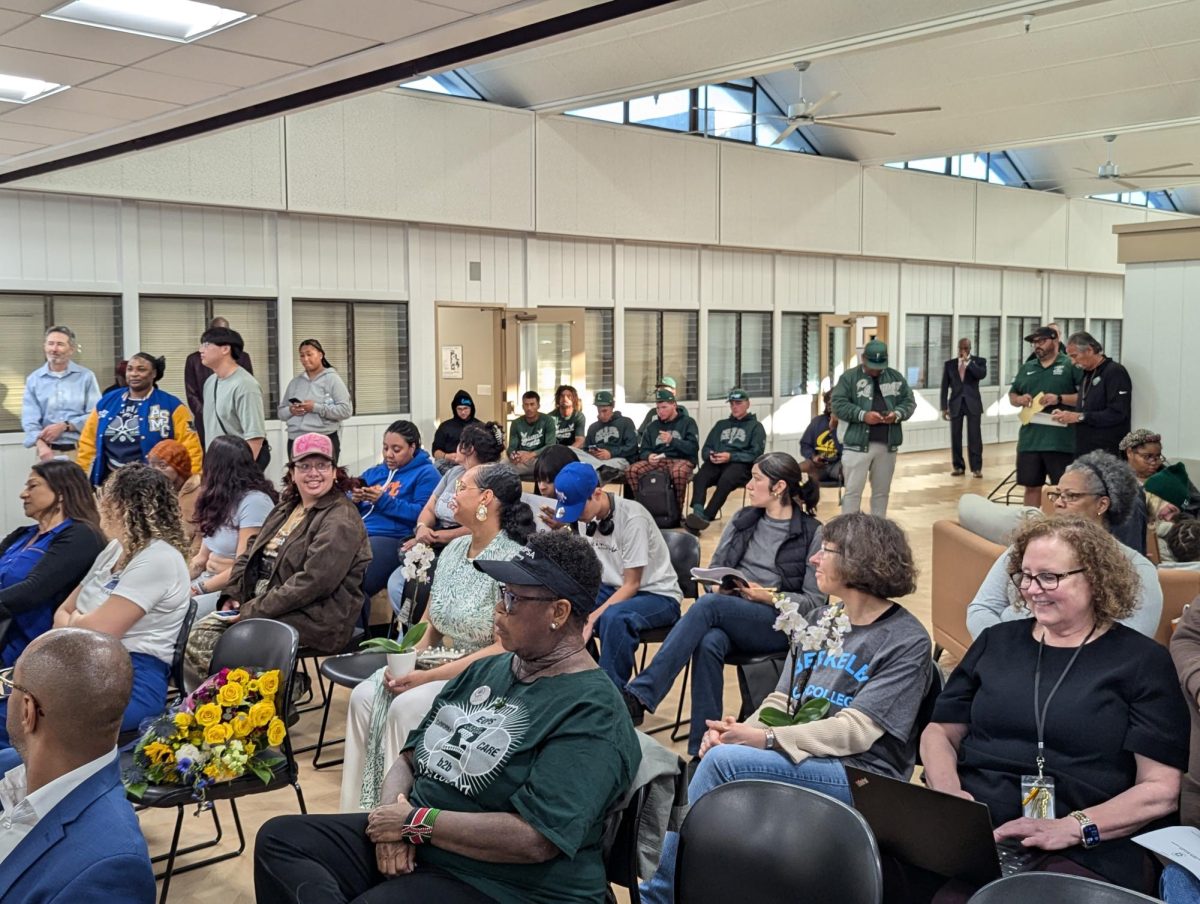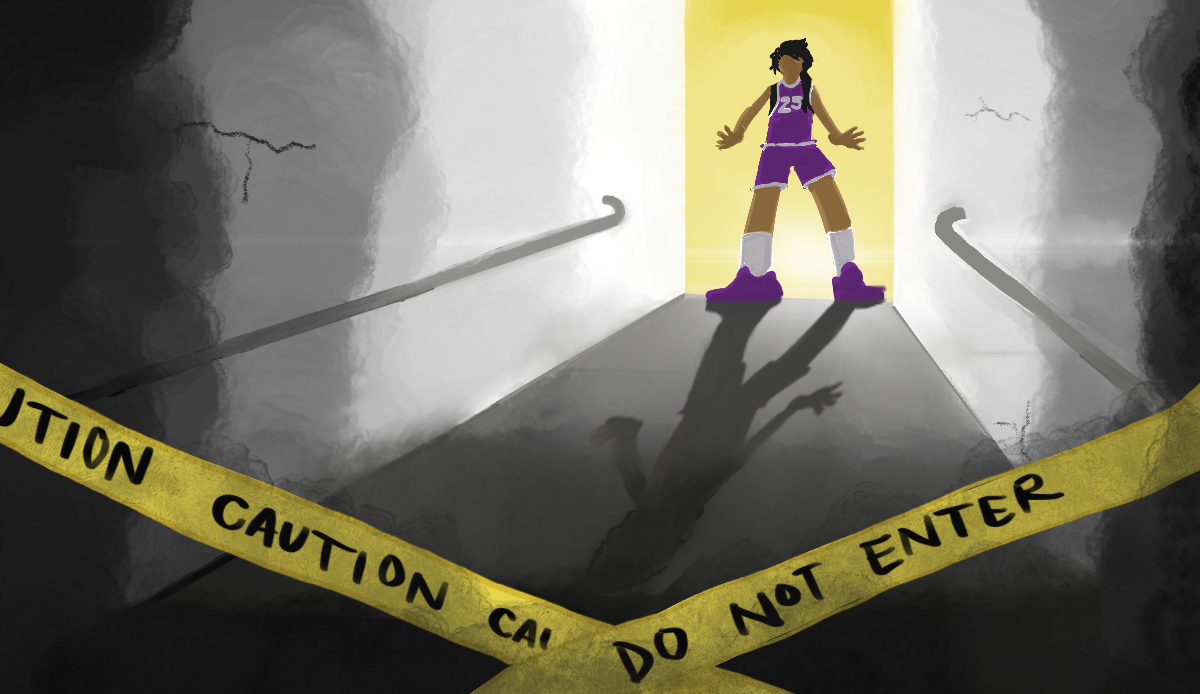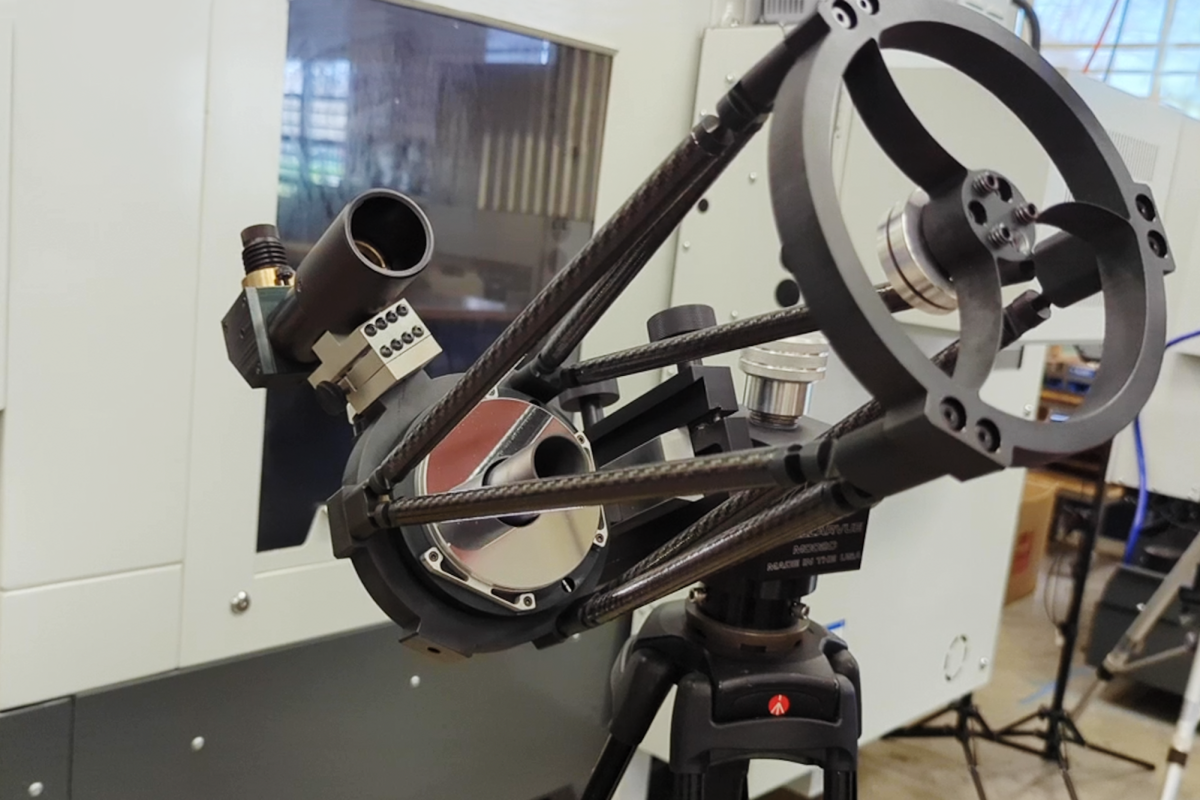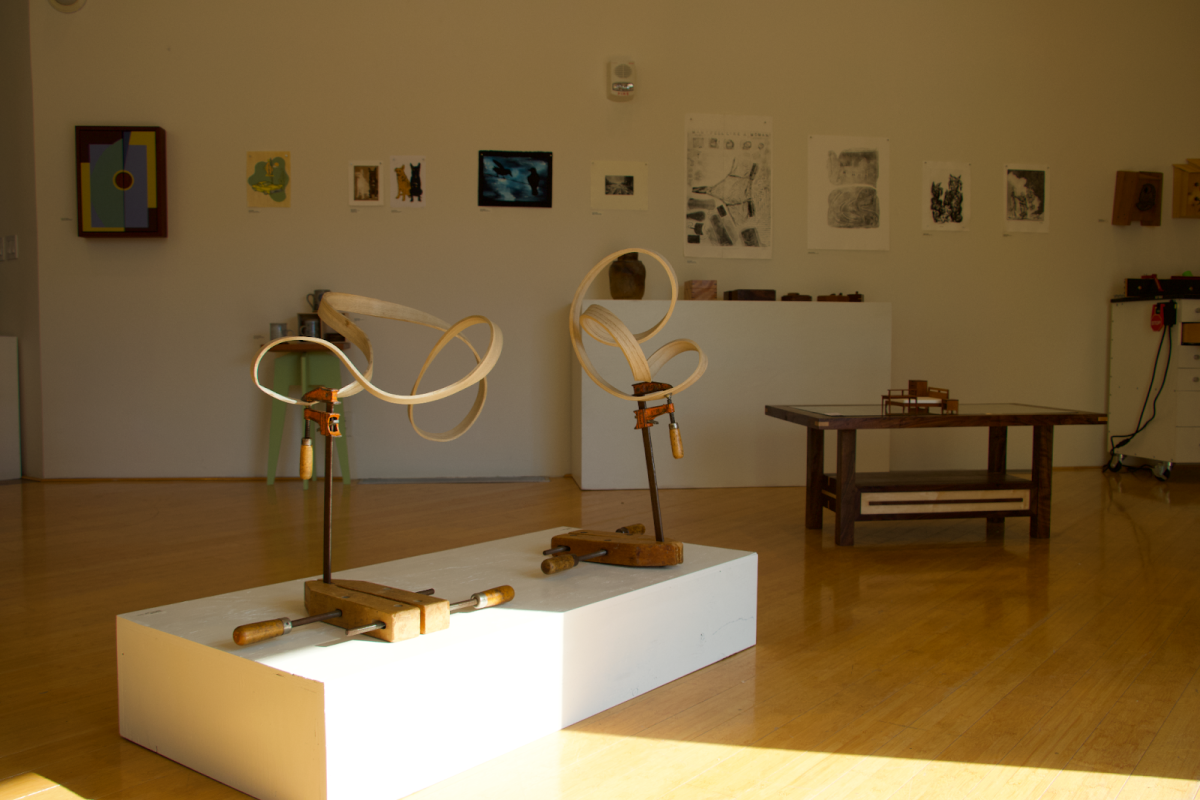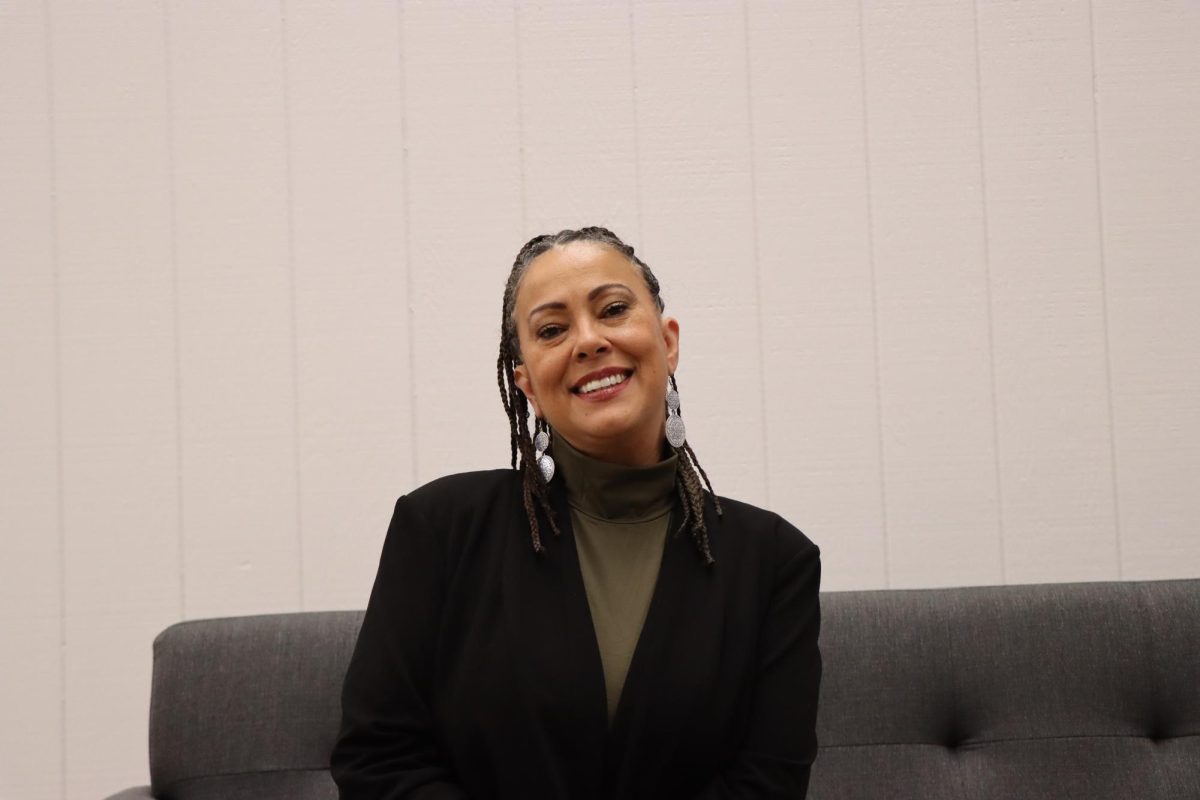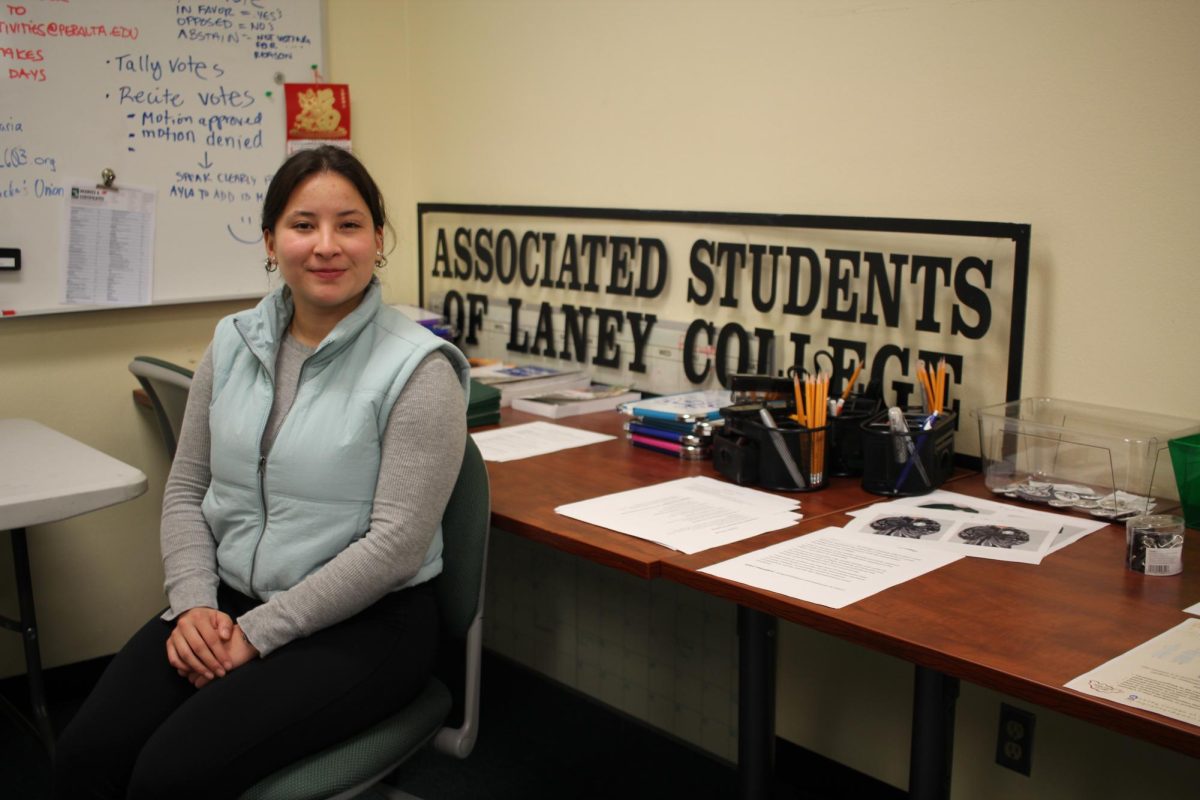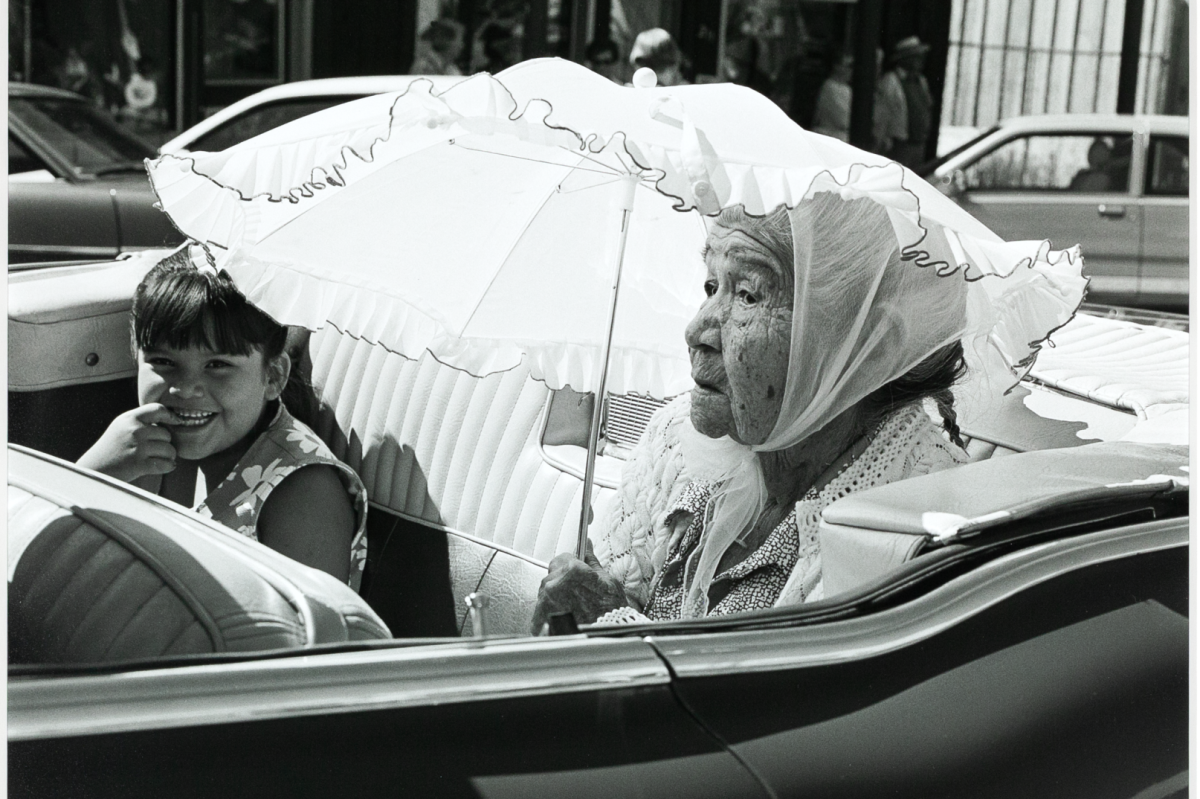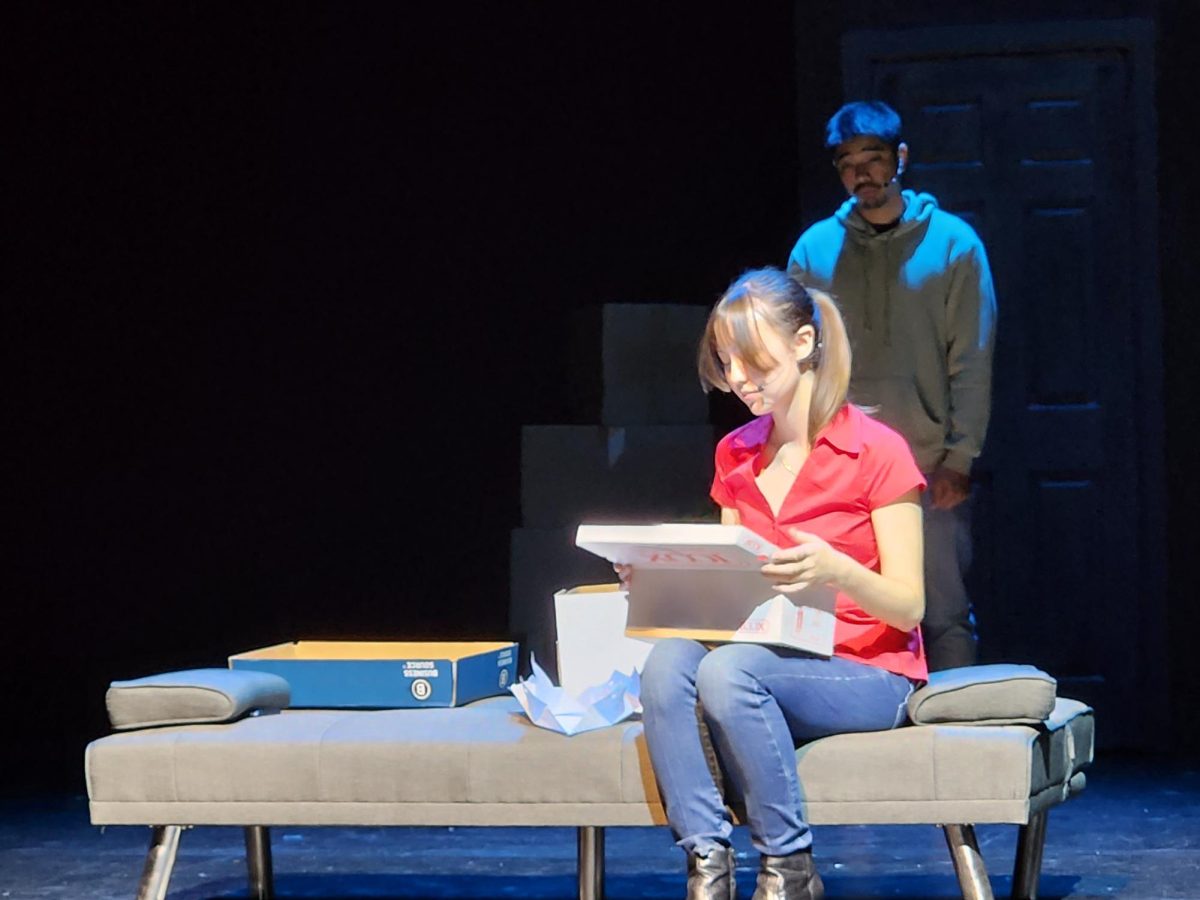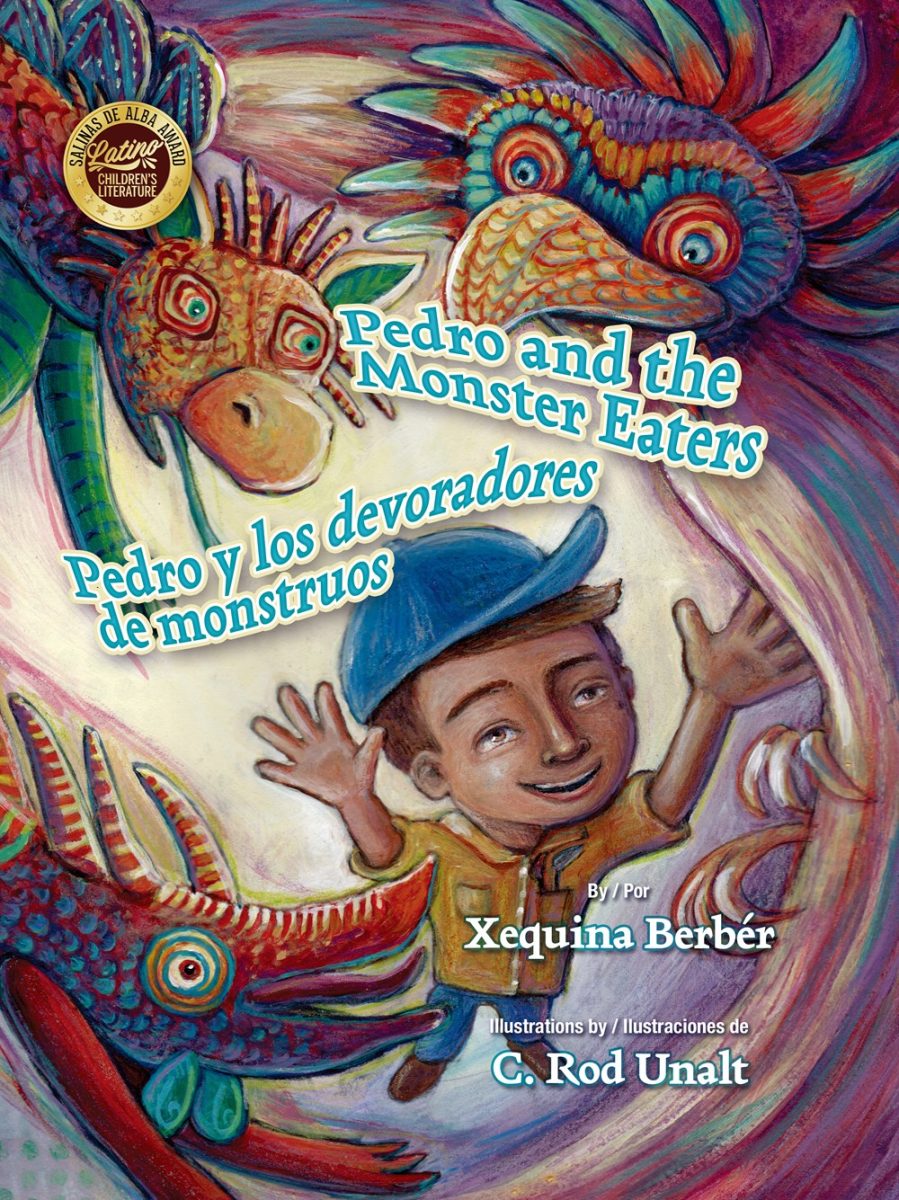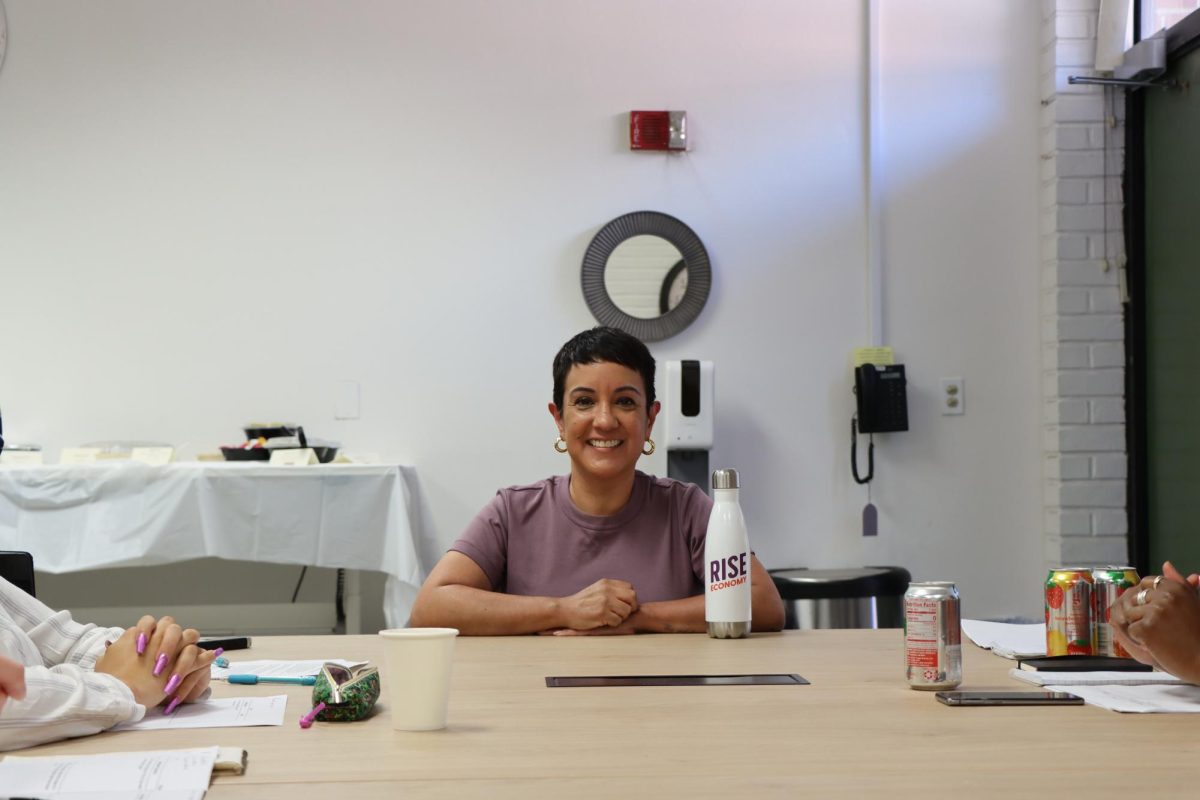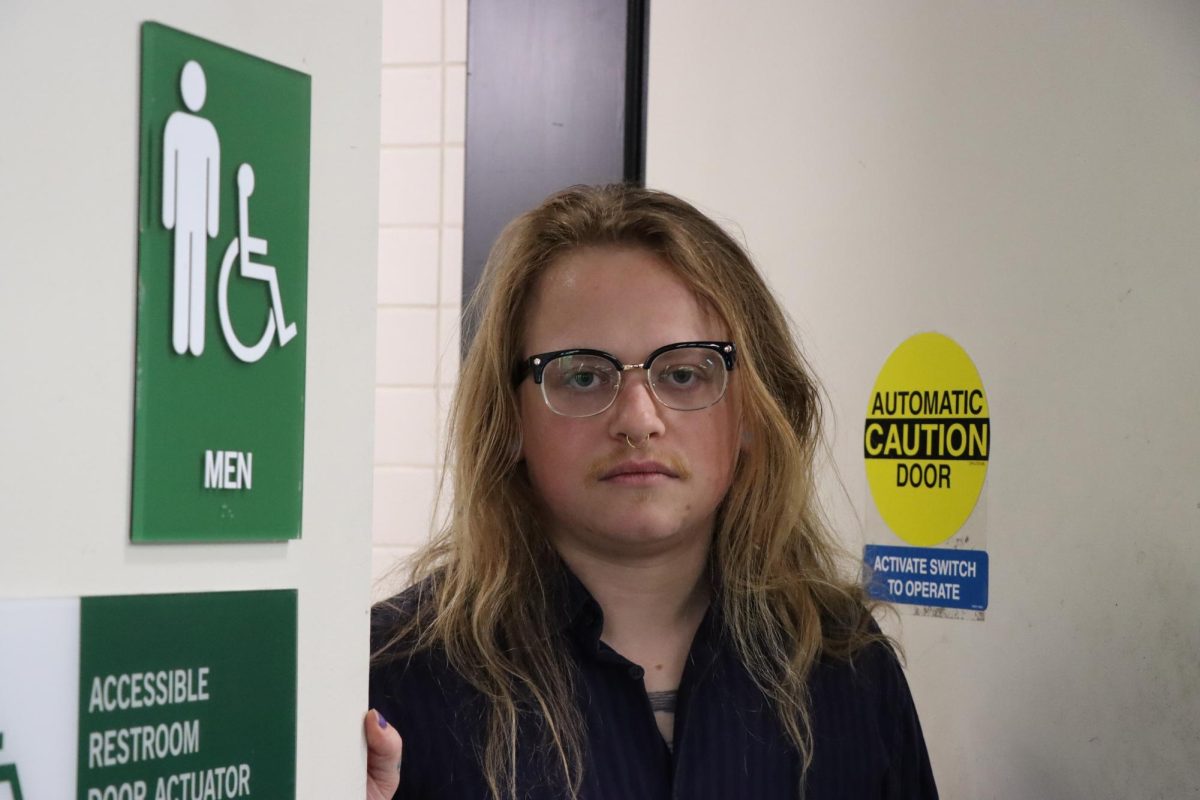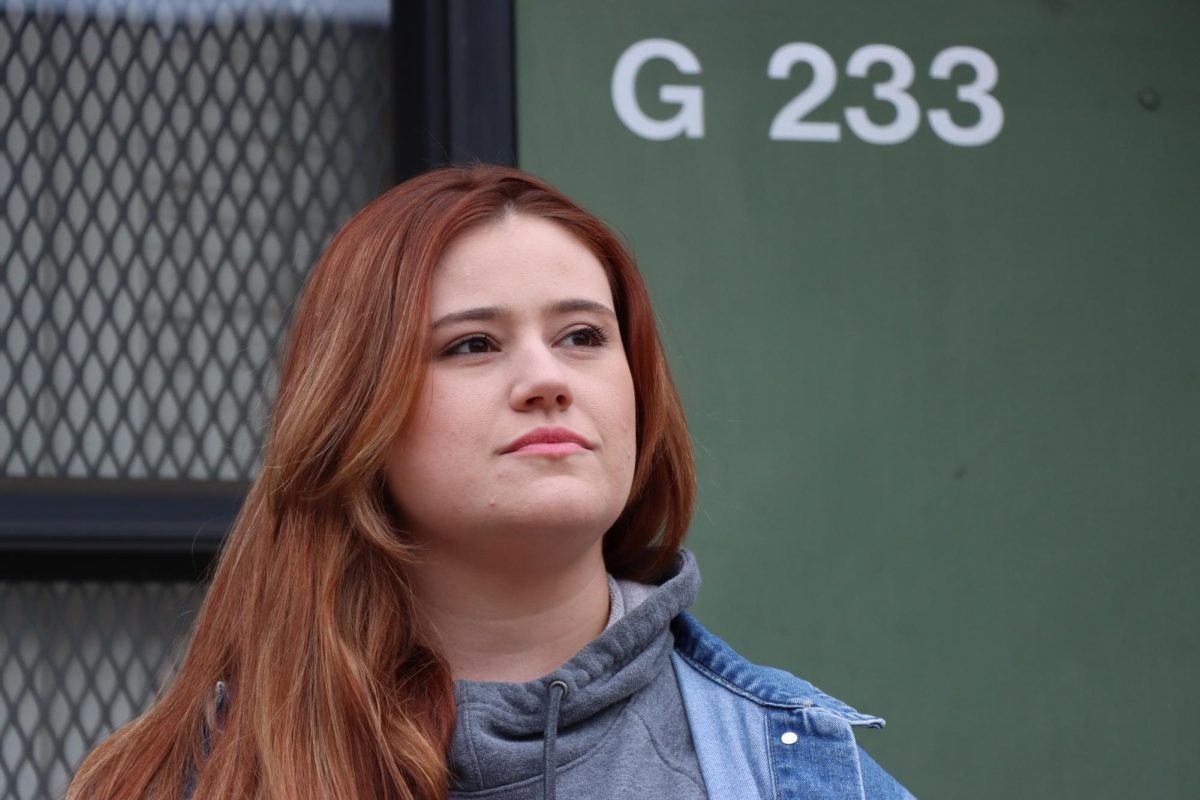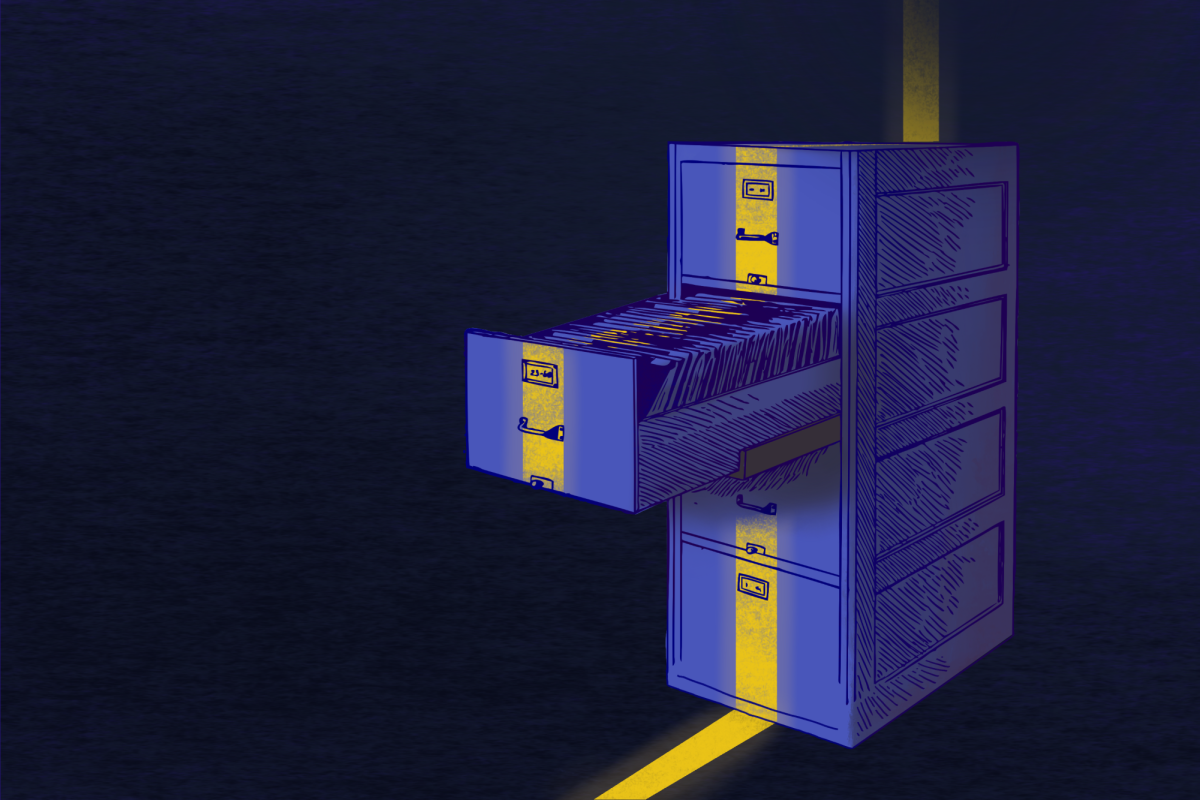Roach writes on science in a humorous manner
Mary Roach, New York Times bestselling author, spoke at the Laney Forum on April 8.
Following a brief introduction by Laney President Elñora Webb, Roach sat on a panel with Laney Media instructor Marla Leech and librarian Philippa Caldeira.
Roach writes about science, but is not a scientist. To her, science is everything.
“Science is the world around you,” she said. “Your dog, the dirt in your yard, the germs in your gut.”
Several members of the audience were students in a nutrition class on campus and had read excerpts from Roach’s book “Gulp: Adventures on the Alimentary Canal.”
After the panel, the room opened up into a Q&A session between the audience and the author. Senior administrators, Laney instructors and students crowded the front of the forum.
“What was the grossest thing you had to write about?” posed a student. “Was it the fecal transplants?”
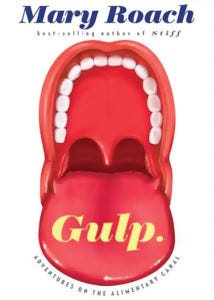
“Gulp” tells the stories of scientists who study, as Roach says, “everything from the food shoot to the pie hole.”
Fecal microbiota transplants, the process of transplanting healthy fecal bacteria from one individual to another to improve the internal flora, is being tested as a treatment for a variety of diseases. The FDA has not yet approved this treatment for widespread use, despite its success in testing.
“Actually, it wasn’t the poop that was the grossest,“ Roach said. “It’s the spit.”
Roach has written four books in addition to “Gulp”: “Stiff,” “Spook,” “Bonk,” and “Packing for Mars.”
Each time, Roach explores the history of a scientific field. With a unique style of long-form journalism, she dedicates each chapter to a narrow topic, project or destination.
Because she is not a scientist, Roach’s books are accessible to a broad audience, but they also are significant personal feats. Each book takes at least two years to write, according to Roach, since she spends so much time research she spends so much time researching and traveling the world to build each chapter narrative.
In “Packing for Mars: The Curious Science of Life in the Void,” Roach explores the planning and experimentation required to send astronauts into space. “Spook: Science Tackles the Afterlife,” examines scientists’ attempts at explaining death.
What do these books have in common?
“I love science,” Roach said. “But I also love the creativity that goes into the solutions to figure it out. Science is all about problem-solving and scientists don’t get enough credit for their creative solutions.”
One audience member asked Roach if she ever feels intimidated or out of her league in her research.
“No” she said, a response met with resounding applause.


